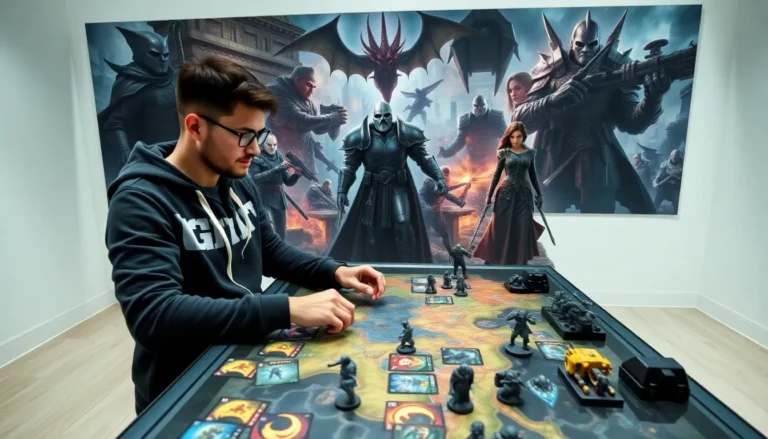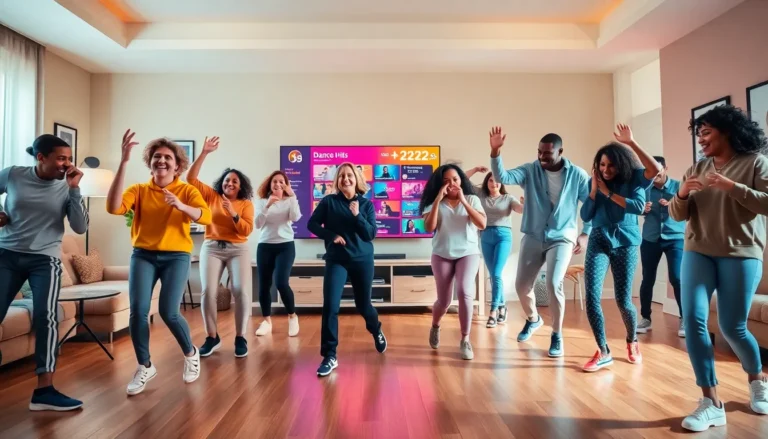Table of Contents
ToggleIn an age where digital content dominates, #RedWebzine has emerged as a powerful platform for creative expression and community engagement. This digital zine not only reflects the evolving landscape of media but also highlights diverse voices and fosters empowerment among its readership. With its unique combination of traditional zine culture and modern digital aesthetics, #RedWebzine is redefining how individuals consume and participate in media. This article delves into its emergence, key features, community impact, and future prospects, providing insights into why this platform is relevant in today’s digital ecosystem.
The Emergence of RedWebzine

#RedWebzine emerged in response to a growing demand for inclusivity and representation in digital media. Founded by a collective of creators from varied backgrounds, the platform seeks to provide a space that celebrates underrepresented voices and stories. Its conception during a time of social upheaval, marked by movements advocating for equality and justice, fueled its focus on empowerment through content creation.
The rise of #RedWebzine parallels the decline of traditional media outlets that often fail to adapt to diverse narratives. As more audiences turn to the internet for authentic content, digital zines like #RedWebzine have filled the void, offering innovative formats and a fresh viewpoint on contemporary issues. This movement signifies a shift from passive consumption to active participation, inviting readers to contribute their own narratives and connect with others who share their perspectives.
Exploring the Concept of Digital Zines
Digital zines represent a contemporary evolution of the traditional zine, which originated in the underground culture of the 1970s and 80s. These self-published, often handmade publications allowed individuals to express their ideas and creativity outside of mainstream media constraints. Today, digital zines leverage technology to broaden their reach and democratize content creation.
The concept of digital zines expands the accessibility of ideas, allowing creators from anywhere in the world to share their work with a global audience. Unlike print zines, digital zines can incorporate multimedia elements, such as videos, podcasts, and interactive graphics, enriching the reader’s experience. This flexibility in format allows for a more engaging storytelling approach, catering to various tastes and preferences within the audience.
Key Features of RedWebzine
#RedWebzine boasts several defining features that set it apart from other digital platforms. First and foremost, its commitment to inclusivity and diversity ensures that a range of voices and perspectives are represented. Content spans numerous genres, including personal essays, artwork, interviews, and commentary on social issues, inviting readers to explore topics that resonate with their experiences.
Another key feature is its user-friendly interface, which emphasizes ease of navigation and access to content. Regular updates and interactive features encourage participation, allowing readers not only to consume but also to contribute to the zine. Also, #RedWebzine often collaborates with various artists and influencers, cultivating a dynamic community that fosters creativity and collaboration.
Influence on Contemporary Media
#RedWebzine’s impact extends beyond its digital pages, influencing contemporary media landscapes in significant ways. By prioritizing community engagement, it encourages readers to not only engage with content but also to actively participate in its creation. This model disrupts traditional media hierarchies, promoting a more egalitarian approach to storytelling.
Community Engagement and Empowerment
Through its interactive features, #RedWebzine fosters a sense of community among its readers. Users are encouraged to share their stories and engage in discussions, thereby building a supportive network that amplifies underrepresented voices. So, this engagement encourages individuals to reclaim their narratives and share their experiences.
Spotlighting Diverse Voices
The zine’s dedication to highlighting diverse narratives also plays a crucial role in challenging stereotypes and promoting social change. By providing a platform for marginalized voices, #RedWebzine contributes to a richer, more inclusive media tapestry that resonates across various demographics.
The Role of Social Media in Growth
Social media has been instrumental in the growth of #RedWebzine, enabling it to reach a broader audience than traditional marketing strategies would allow. Platforms like Instagram, Twitter, and TikTok help instant sharing and engagement, allowing content to spread virally within communities.
This digital word-of-mouth effect not only enhances visibility but also nurtures community interactions. Readers share their favorite articles, comment on posts, and discuss featured content, creating a lively ecosystem that keeps the conversation going even beyond the digital pages of the zine. Also, social media algorithms favor engaging content, allowing #RedWebzine to thrive in the crowded digital landscape.
Challenges Facing Digital Zines
Even though its successes, #RedWebzine faces several challenges in the competitive digital media arena. The first challenge is sustaining revenue streams: many digital zines struggle to monetize their content effectively. Unlike traditional publications that rely on ads or subscriptions, digital zines must innovate to find sustainable funding sources, often turning to crowdfunding or merchandise sales.
Another issue is the risk of burnout among contributors. The demand for consistent, high-quality content can be overwhelming, leading to creator fatigue. Balancing the need for fresh, engaging material with self-care is crucial for the sustainability of both the zine and its collaborators. Navigating these challenges will be vital for the longevity of #RedWebzine.
The Future of RedWebzine
Looking ahead, the future of #RedWebzine appears promising yet requires adaptability. As digital landscapes continue to evolve, the zine must embrace new technologies and trends to maintain relevance. This may include incorporating emerging formats such as augmented reality experiences or exploring new genres that resonate with changing audience interests.
Also, continued focus on fostering community engagement will be essential. By investing in reader interactions, #RedWebzine can cultivate a loyal following that not only consumes content but actively contributes to it. This collaborative spirit will be key to thriving amid the rapidly shifting media landscape.
Conclusion
Summarizing, #RedWebzine stands as a testament to the power of digital media in promoting diverse voices and fostering community engagement. Its emergence highlights the importance of inclusivity in content creation, while its key features enhance the reader experience. As it navigates the challenges of the digital realm and embraces future opportunities, #RedWebzine is poised to remain a vibrant platform that represents the creativity and resilience of its community.







